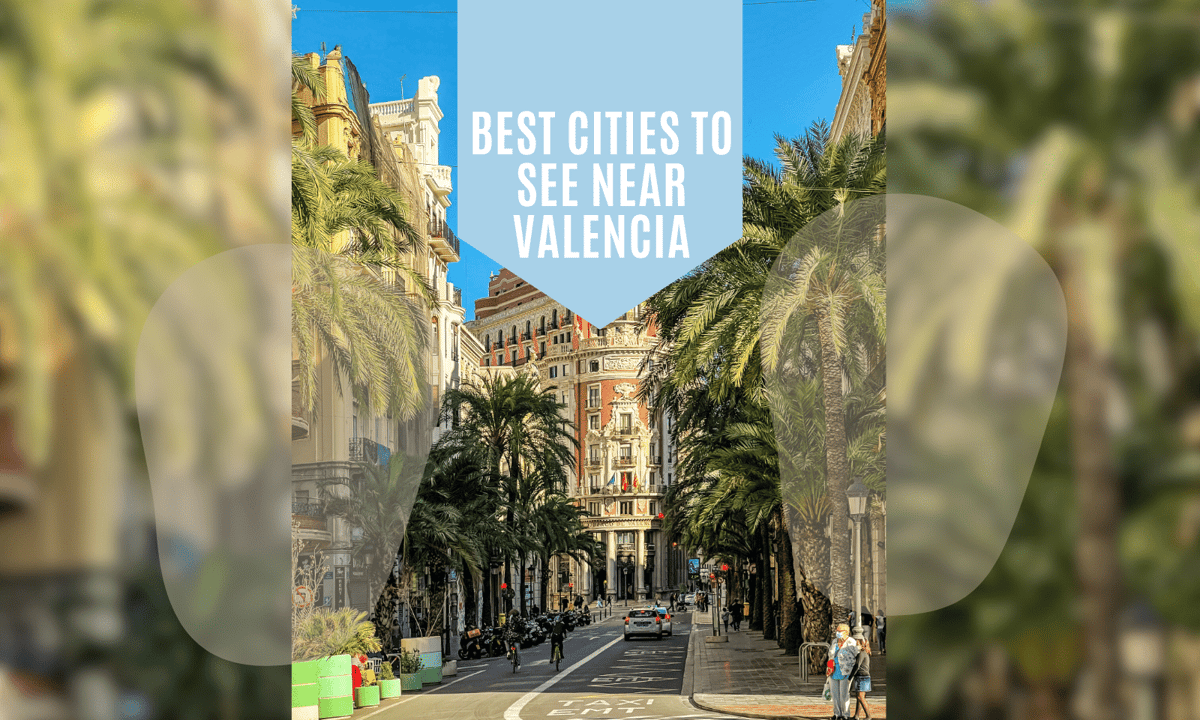Have you ever dreamed to see the real Spain?
Make your way to Valencia, the birthplace of paella, the national dish of Spain, and home to some of the kingdom's most authentic landmarks.
Sitting at the crossroads of the East and West, the capital of the eponymous region, Valencia is a one-of-its-kind destination.
Here you can find a potpourri of different cultures, and the unique Mediterranean vibe.
Even though less visited than Spain's two main tourist juggernauts, Madrid and Barcelona, Valencia is a must-visit.
Thanks to its lower-profile it boasts more affordable accommodation, a lot of architectural hidden gems, and a one-of-its-kind gastronomy.
For you to profit from the city's cool vibe, check out top five Valencia City districts.
Valencia
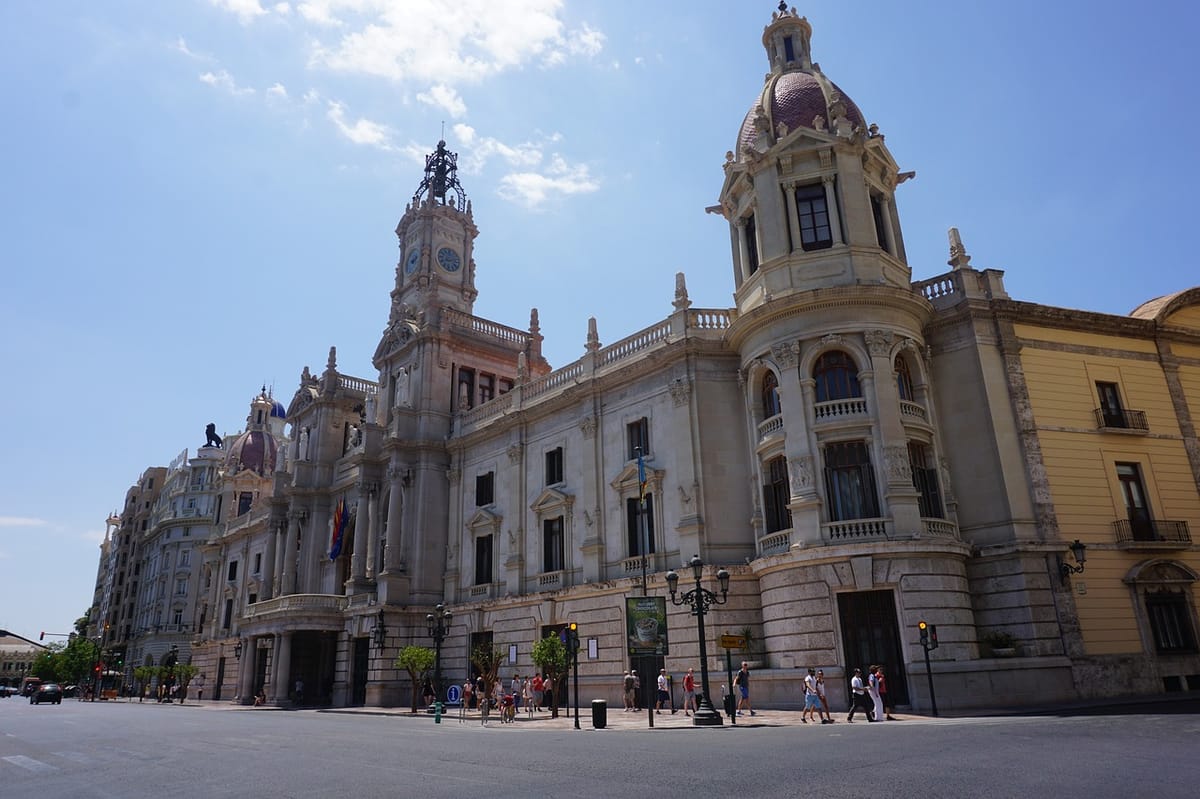
- Extramurros
A veritable masala of olfactory, visual, and aural stimuli, Extramurros is a district located just south of the old town.
Here you can find an exquisite melange of modernity and history, which is best encapsulated in the district choice architecture.
For example, you can combine shopping and sightseeing on a visit to one of the district's prime landmarks, Mercado Central (the Central Market), a veritable foodie magnet.
Housed in an Art Nouveau building, it is one of Spain's best hunting grounds for fresh vegetables, meat, seafood and local delicacies.
Don't hesitate to spend some time wandering around the stalls and mingling with locals. Note that the edifice's stunning exterior is especially conducive to cool selfies from one of the most authentic landmarks in Valencia City.
For the art aficionados who opt for a more lofty past-time, a visit to IVAM is a must.
The museum is devoted to the contemporary and modern art, by both Spanish and foreign artists, and hosts regular guest exhibitions, making it one of the most worth visiting sites in the entire province of Valencia.
But it is not just that. Extramurros is also a nonpareil spot for picnic and outdoor activities.
Make your way to Park de Cabecera, featuring the Turia Riverbed Gardens, cool walking paths, green area and a serene lake, so nice for a nature outing with your significant other.
Or alternatively, take a leisurely stroll in the Botanical Gardens of Valencia, one of the most beautiful pockets of greenery in the Province of Valencia, boasting unique species of vegetation from all over the world.
But it is for sure the architecture buffs that will be left most impressed by the district's array of unique mediaeval cultural heritage, which can be found in the Valencian Community only.
Here you can come across such stunning pieces of mediaeval architecture as Quart Towers, an ancient gate to the city of Valencia, which once served as part of the city's fortifications.
Apart from all that visual bonanza, you can sense the kinetic allure of the city in the district's many cosy cafes, taverns and bistros, making it one of the top destinations to profit from the siesta allure of one of the Mediterranean's most wonderful cities.
- Ciutat Vella
Have you ever dreamed of taking a stroll through the heart of a veritable architectural treasure trove of the Mediterranean coast? Of seeing the most exquisite vestiges of the region's commercial grandeur? Of mingling with locals and foreigners alike on a busy thoroughfare suffused with the aroma of fried beans and the enticing smell of paella that makes your mouth water? Think no more and head to Ciutat Vella, the historic town of Valencia.
First make your way to Plaza de la Virgen, a picturesque square that functions as the main hub of the old town of Valencia. Here you can marvel at the beauty of the Valencia Cathedral’s exterior. Inside, you can see the grandeur of its interior, housing what is thought to be the Holy Grail, a vessel used by Jesus during the Last Supper.
From the you can weave your way through the streets of Barrio del Carmen, an area oozing out the unique old town vibe that makes you inebriated with the visions of the city’s Medieval past, and its colorful present, visible in the quasi-ubiquitous street art.
Here you can also drop by a number of cool galleries, like Centro del Carmen de Cultura Contemporanea, Instito Valenciano de Arte Moderno, or Casa Museo Benlliure.
Note that the area is also home to some unique landmarks such as the UNESCO-listed Silk Exchange, a Medieval piece of architecture, and the Museum of Fine Arts, situated in El Carmen neighborhood.
But it is for at night that the old town comes to life. Take delight in the nocturnal dynamism of the old quarter, where the amicable locals mingle with throngs of travelers, exuding the typically Valencian joie de vivre.
Other barrios
Try out agua de Valencia, a potent cocktail, made from orange juice, vodka, gin, champagne and cava. It was dreamed up in Cafe Madrid, which still functions, and is best sipped on on one of the seafront walkways that are lined with palm trees that rustle so alluringly and enticingly in the soft Mediterranean breeze.
- Ruzafa
Known as Valencia region's topmost hipster destination, Ruzafa stands out thanks to its blend of hip art galleries, cool hipster cafes, cool street art, tapas bars, and its one-of-its-kind food bazaar, Mercado de Ruzafa. Here you can find all the gastronomical treasures that were born in Valencia, from paella, fresh meat & seafood, the traditional dish of the Kingdom of Spain, to horchata, also known as orxata, made with soaked, ground and sweetened tiger nuts.
- El Cabanyal
Known as the historic maritime district of Valencia City, El Cabanyal is prized for sui-generis architecture. Here for example, you can find pastel-colored low-slung edifices, known as fishermen's houses, that make it an ideal destination for any architecture fiend.
What is more, it is situated a short walk away from El Cabanyal beach, one of the string of beautiful sandy beaches that are one of the main points of attraction of the Valencian Community 's tourist industry, and its vast palm-fringed promenade.
- Quatre Carreras
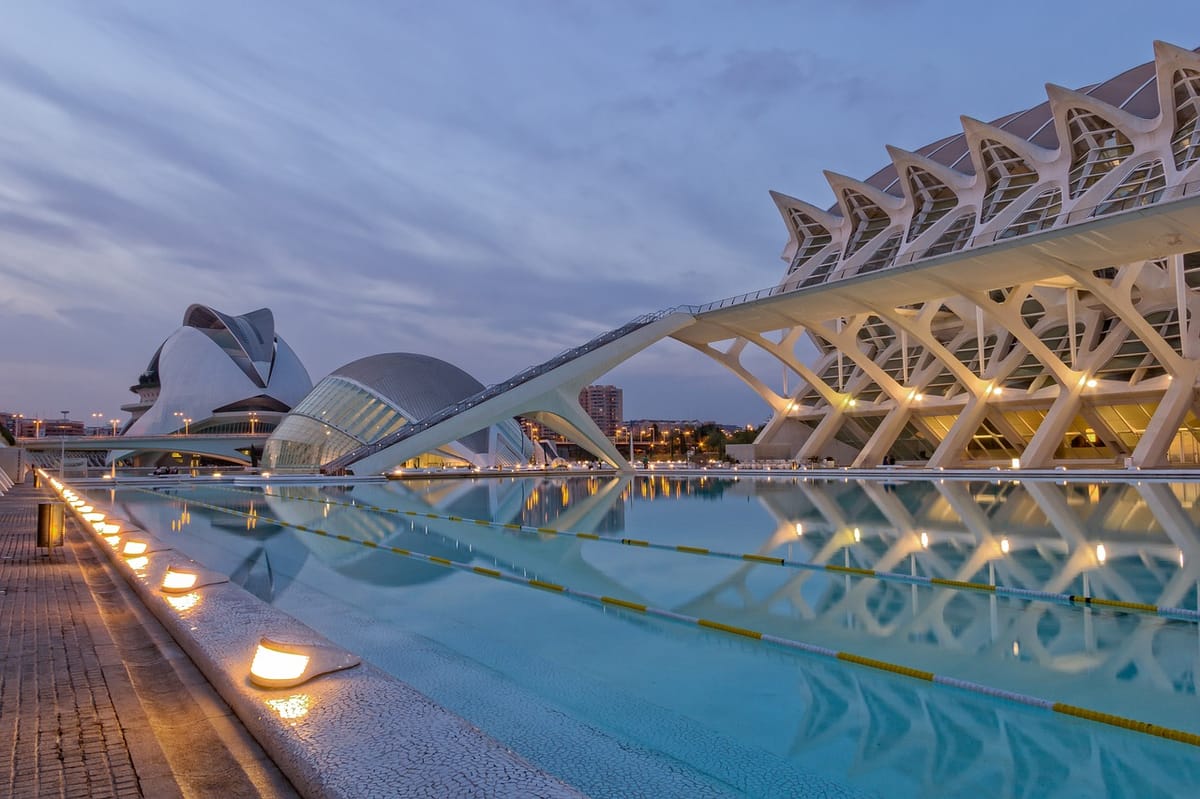
Home to the ultra-modern City of Arts and Sciences, Quatre Carreras is one of the Valencian Community, best locales.
The City of Arts and Sciences is made up from the Himsferic, an IMAX cinema, a planetarium, the Museum of Science, a cool hands-on interactive museum, the Oceangrafic, which ranks among Europe's largest aquarium,
Apart from that, the district also features parts of the meandering ribbon of greenery, Turia Riverbed Gardens, lying on what once was a riverbed of a waterway that was prone to flooding; Estadi di Mestalla, the home stadium of the iconic Valencia Football Club, and the El Saler Shopping Center, a one-of-its-kind venue for both the cash-strapped backpacker and the well-healed fashionista.
But it is not just Valencia that is worth a visiting in Valencia region, there is a number of other locales worth a visit, whether for their pristine sandy beaches, shady hiking trails, crystal clear sea, or the alluring Mediterranean villages.
Alicante, Costa Blanca
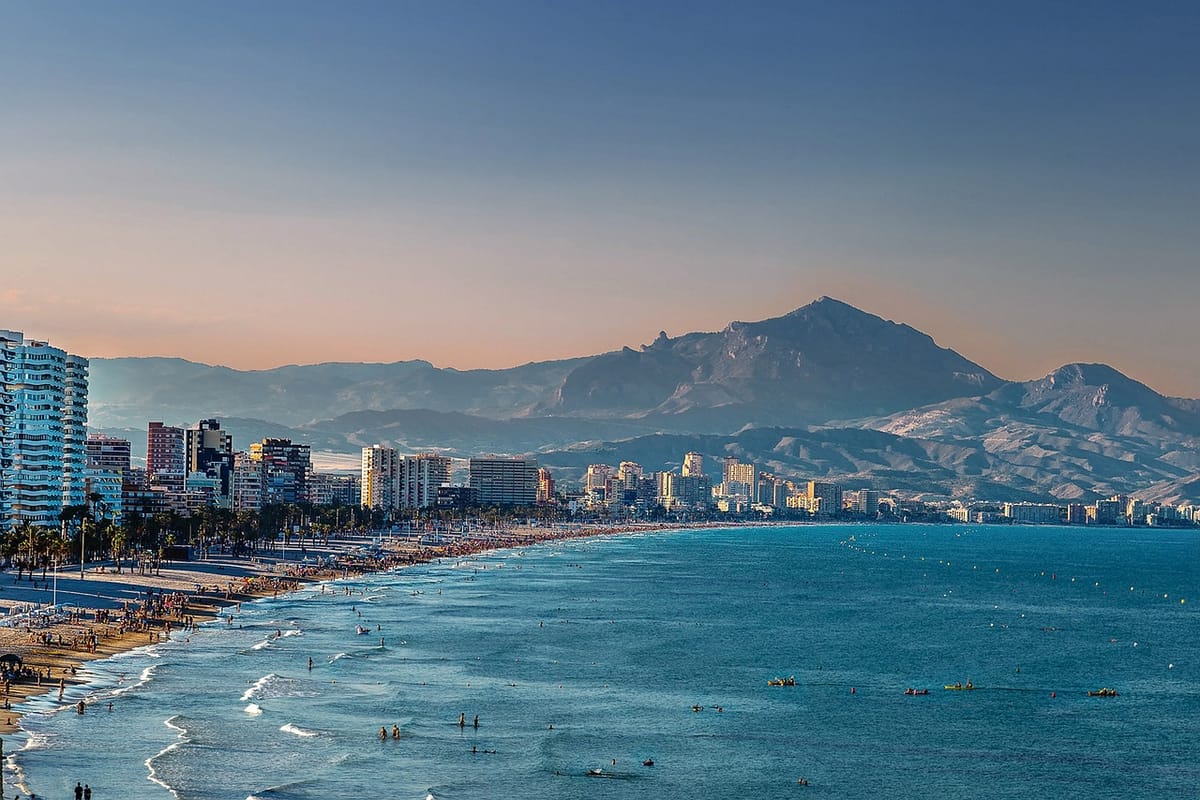
Dubbed the pearl of Costa Blanca, Alicante is an exclusive destination both for night-club crawlers and beach lovers. It is not only en vogue destination but also is a one of its kind destination to visit from Valencia and Valencia Airport.
Even though it is predominantly known for its beach & clubbing attractions it is also a cool place to just chill and soak up the authentic Spanish siestal charm of the place.
Even though Alicante is mostly known as a unique place to have beach fun and mingle with locals, it is also a great place to see the potpourri of Valencia region's architecture.
Here next to super-modern skyscrapers sit ancient edifices of cathedrals and fortifications dating back to the Middle Ages.
For example, you can have a look at Santa Barbara castle perched on a hilltop and offering a gob-smacking panorama of the Mediterranean.
Or you can amble around the old city with its narrow lanes lined with colorful houses, and onto the Esplanada d'Espana, boasting its magnificent Casa Carbonnel, and serving as Alicante's main spot for hanging out with both tourists and locals.
But it is for sure it is the nightlife that draws most travelers to Alicante. For you to profit from its nocturnal bonanza head to El Puerto and El Barrio districts, known for its frenetic parties.
El Puerto as its name suggests has been the city's traditional port district: here you can find the scenic harbor where you can see the moorings of both yachts and ships
Note that the district is also home to Museo de Arte Contemporáneo de Alicante (MACA) and the Archaeological Museum of Alicante (MARQ), which offer a glimpse into the city's rich cultural heritage.
Peniscola, Costa del Azahar
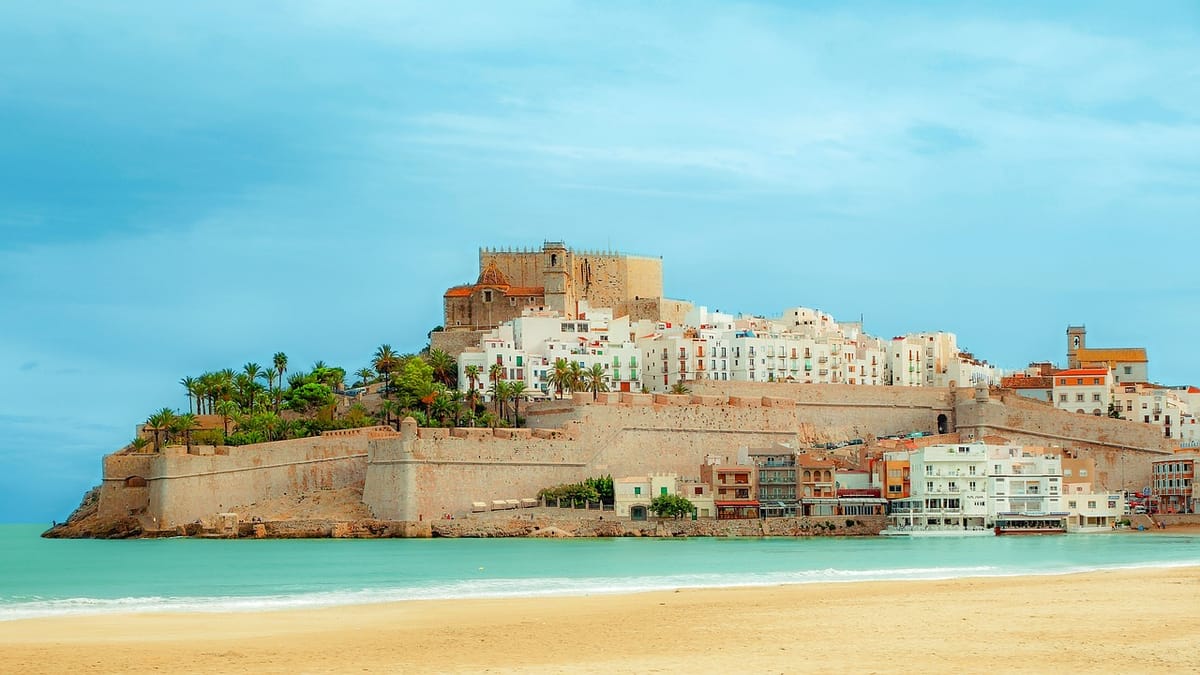
Known for its drop-dead hill-perched castle Peniscola Castle, Pensacola is a one-of-its-kind locale that boasts not just stunning architectural marvels and historic monuments but also some of the best Valencian community's beaches, limpid waters, and some great hiking trails, situated in the vicinity of the stunning town of Peniscola.
Even though local economy of region depends on visitors, there are a lot of other things that make the region thrive.
There are a strong wine growing tradition in the provinces surrounding Peniscola. For example, you can take a tour of the Peniscola Castle and Castello Wineries, and other marvels of the Oropesa Del Mar region, making it a destination prized not only by beach lovers but also those with a strong penchant for the ambrosial Spanish wine.
Altea, Costa Blanca
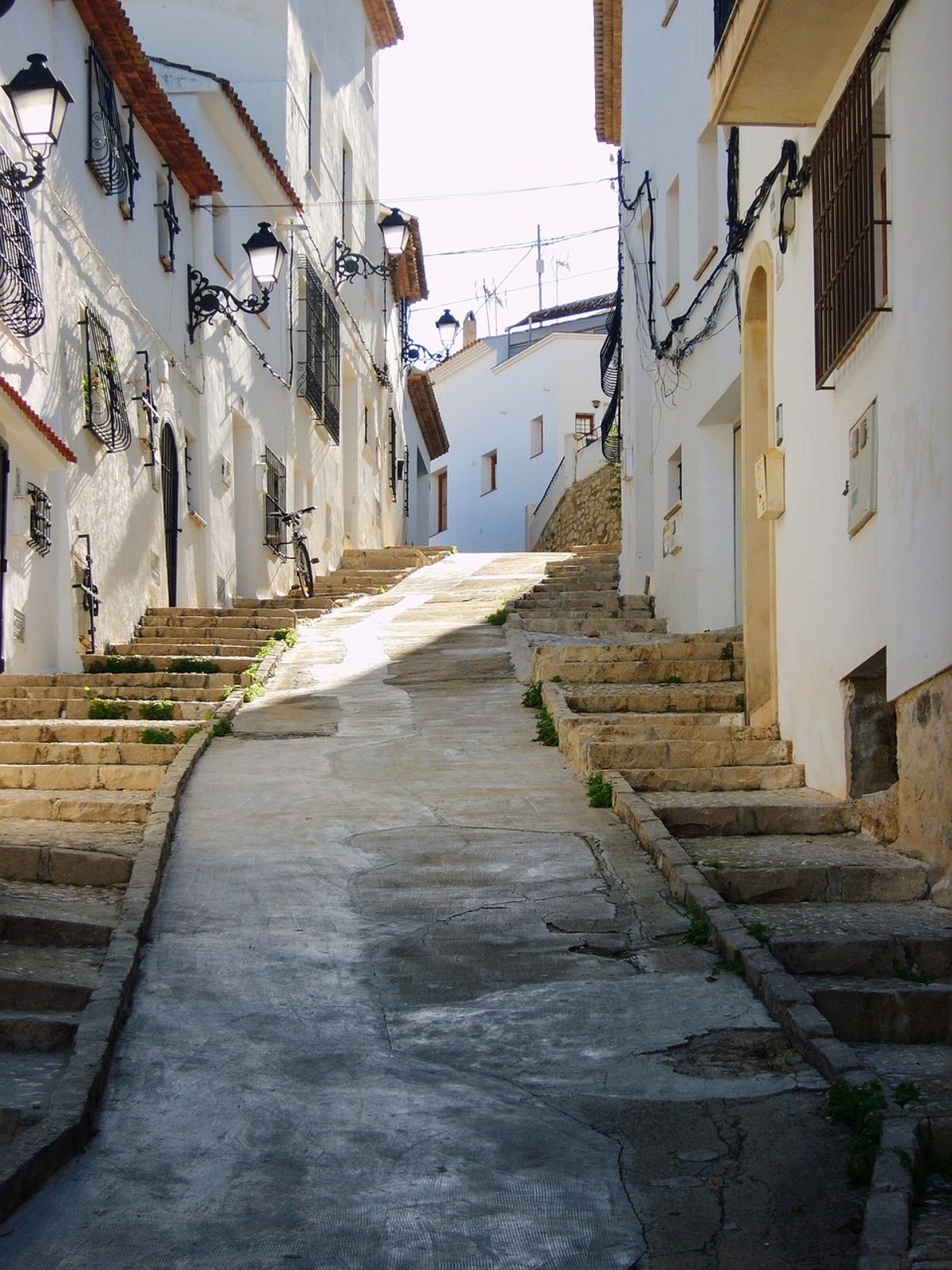
Renowned throughout Spain for its all white townscape, and pellucid coruscating waters of the Mediterranean, Altea is arguably the most alluring of the destinations of Spanish White Coast.
Head here to bask in the sun, explore the town's narrow streets and local tourist landmarks such as Iglesia de Nuestra Señora del Consuelo, to go for a sailing tour with Evasion Nautical, a local boat rental, or go trekking along the scenic hiking trails to visit the surrounding villages, so beautiful in the shade of the adjacent forested hills.
Xativa
Known as the city of thousand fountains, and lying within 25 km from the Mediterranean coast, the town of Xativa is not just a scenic reminder of the Valencian Community's glorious past, but also stands out thanks to its unique natural surroundings.
It is here that you can find some of the region's best hiking trails, and some unique tourist magnets like Castle de Xativa, Collegiate Basilica de Xativa, or Placa del Mercat, one of the most picturesque town squares to the North of the Mediterranean Coast.
Gandia
Home to the stunning 15-th century-built Borha Ducal Palace, a marvelous archeological museum, and the monastery of Sant Jeroni de Costaba, known for its Moorish cloisters, it is also a great place to delight in the Mediterranean's main treasure, its beaches.
After a tour of the town's architectural attractions, make your way south to Gandia's three main beaches: North Beach, Venecia and Rafalcaid.
Note that there is a number of choice hiking trails in the mountains around the town, such as El Portalet, Molla de la Creu, and Ulla de l'Estany, situated down below.
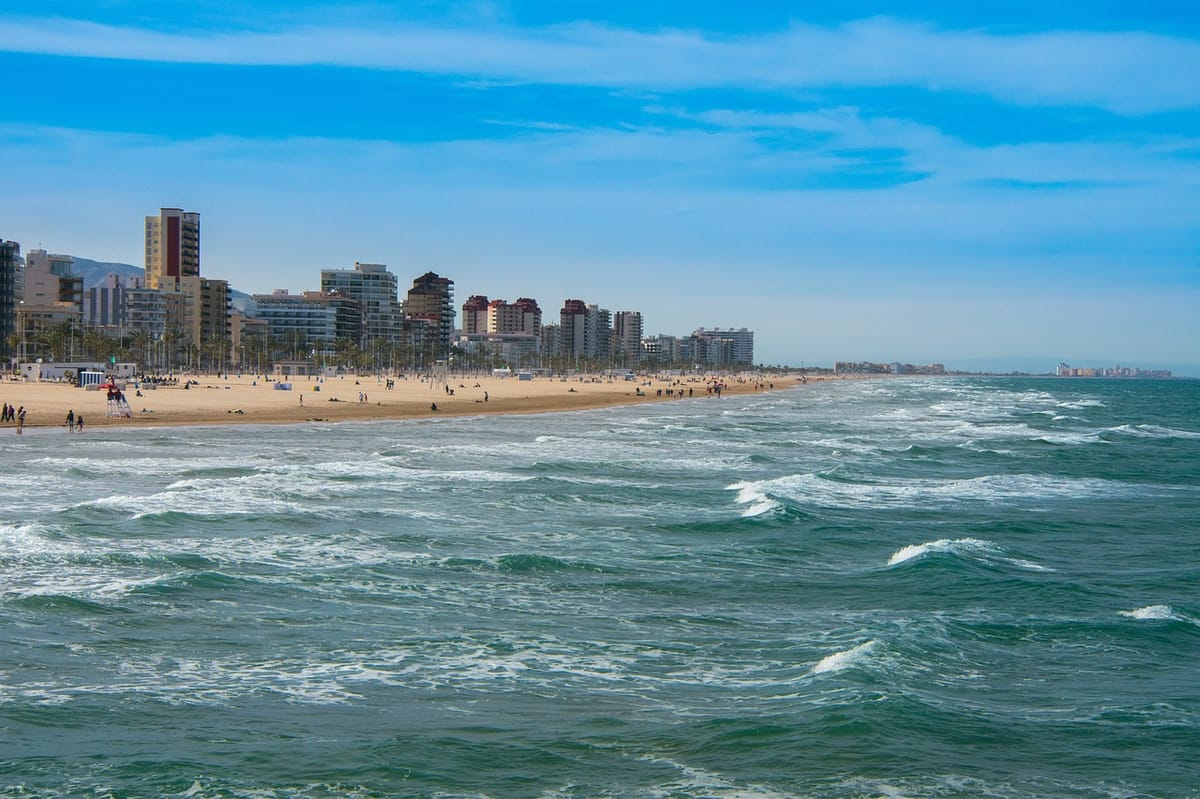
Morella
Lying in the province of Castello in Oropesa Del Mar, the town of Morella is an ancient settlement perched on a hill, and surrounded by fortified walls.
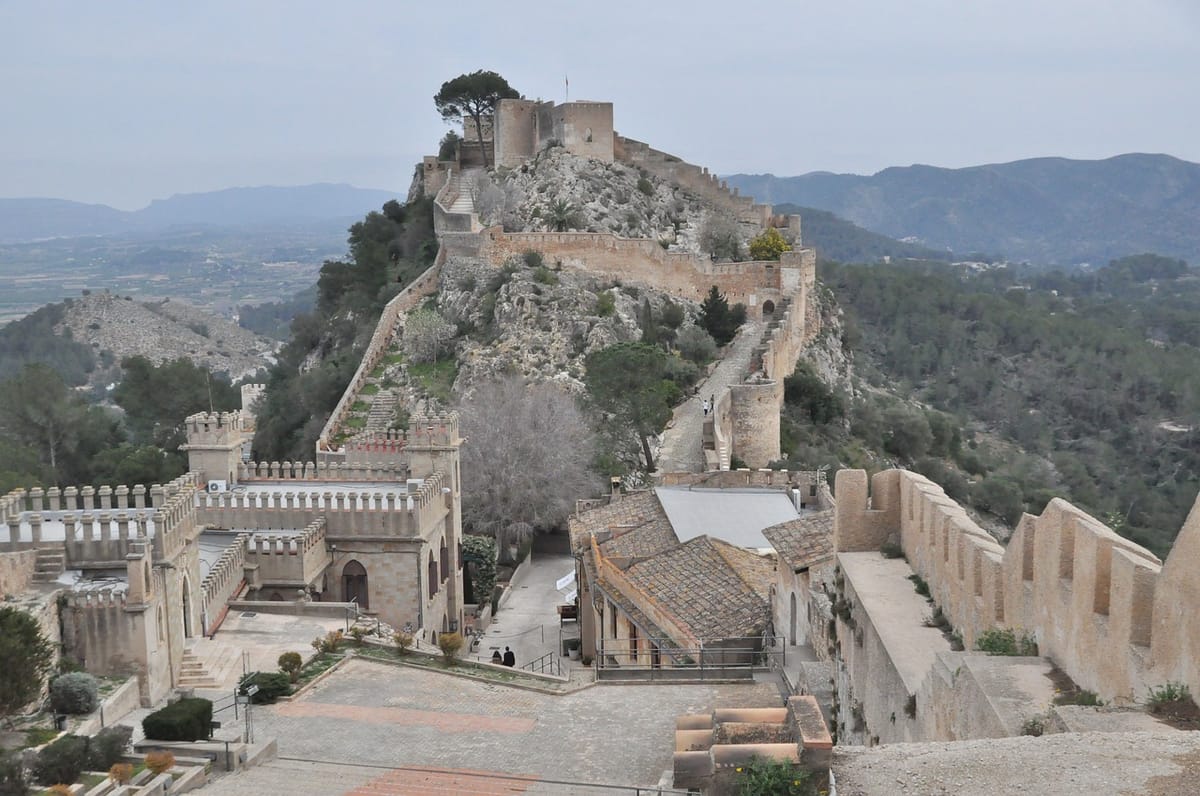
When to Visit the Valencia Region
Even though most travelers travel north to Valencia Region in the summer months, the spring and the autumn might be the best times to visit Costa Blanca, Costa del Azahar, and the rest of Spanish Mediterranean coast, both Valencia Region and Catalonia.
Winters are also nice to visit it is then that the region celebrates its two main religious events the Christmas and the carnivals of Mardi Gras.
If Christmas is celebrated on the eve of the 24th of December, Mardi Gras falls on the Tuesday before Ash Wednesday, with its precise calendar date thus varying every other year round.
Note that one of the best occasions to visit Valencia in winter is its Christmas markets: the most popular among them being held Mercado de Navidad de la Plaza de la Reina, where you can purchase sweetmeats, Christmas gifts and local produce, Feria de Artesanía de Valencia, where you can splash out on handmade gifts, including ceramics, jewelry, textiles, and other artisanal products; Mercado de Navidad de la Ciudad de las Artes y las Ciencias, housed in a building done out in a hip futuristic fashion, a unique Christmas bazaar held from the 16th of December to the 9th of January, from 11.00 to 22.00.
Valencian Community Regional Festivals
Even though cities in Valencia just as elsewhere in Spain celebrate the most of Catholic Christian celebrations, there are some unique festival and jamborees that are unique to Valencia Province.
Here is the five of the most famous of these unique Valencian coast occasions:
Las Fallas
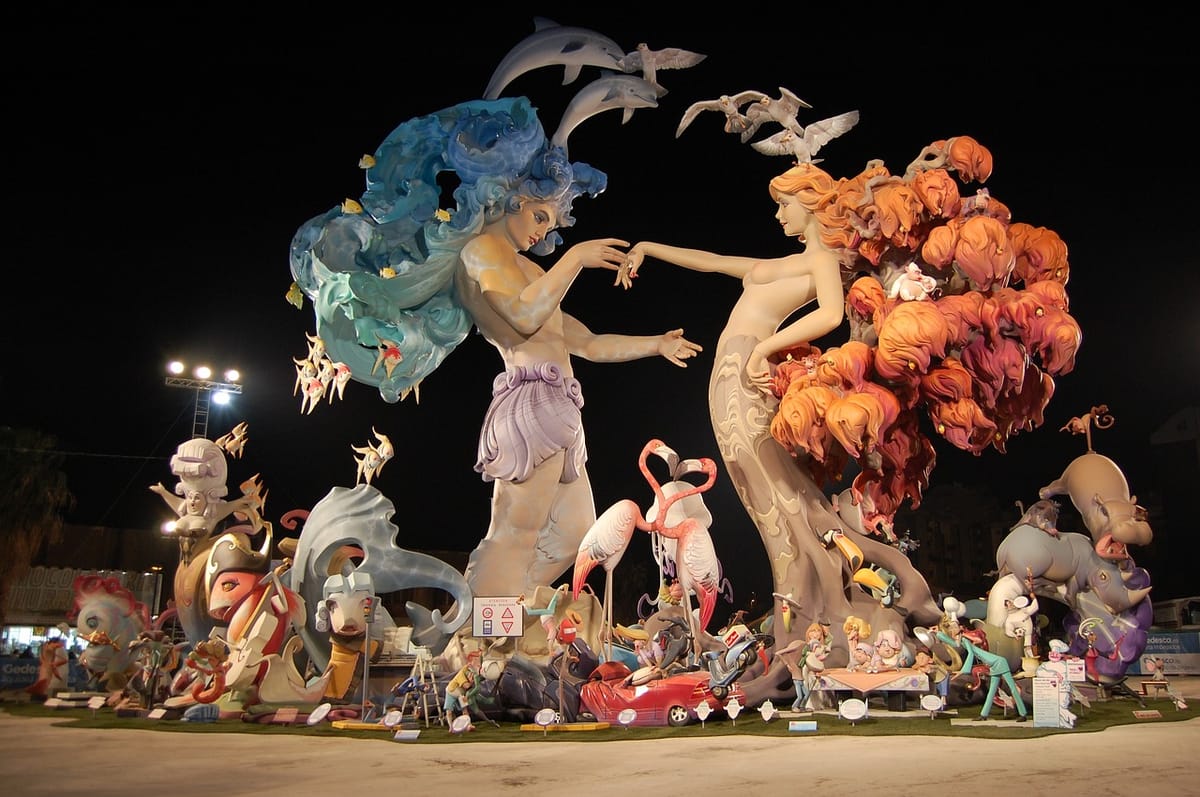
Held annually from March 15 to March 19, the festival is arguably the most important local occasion in Valencia area. During the pageantry there are showcased the satirical sculptures known as fallas.
These caricature pieces are set ablaze in a huge bonfire on the final night of the festivities to mark the arrival of spring, and it also happens at the same time as the celebration of St. Joseph's Day, the patron saint of carpenters.
The event also features cool costumes, parades, the festive vibe, with music blaring out from all over the place.
La Tomatina
Even though Bunol, a town near Valencia, is the traditional host of La Tomatina, the fame of the festival has spread far and wide around the glove. Unfolding on the last Wednesday of August, it is the world's biggest tomato battle.
Tomato warriors go to war, which results in an ocean of red pulp and mirth.
Valencia Day
Taking place on October 9th, Valencia Day marks the reconquest of Valencia from the Moors by the Christians in 1238. The occasion features public processions, traditional dances, fireworks, concerts and all kinds of displays showcasing the city's past achievements and its sui-generis identity.
Maritime Holy Week
Unfolding in the sea-facing districts of Valencia, including El Cabanyal, the fishermen's village, the festival includes processions of religious statues, to the accompaniment of traditional music, but also many costumed locals, and the indissociable flair of the briny.
The occasions blends together the religious heritage with the deep maritime tradition of Valencia area, making it one of the most beloved festivals among the locals and outsides alike.

